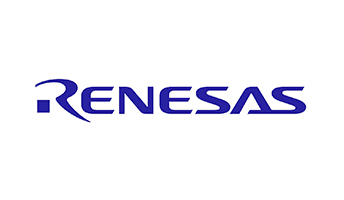
Geographical Focus: Asia/South Pacific
Categories:
Hardware, Software
Commercial Contact:
Technical Contact:
Renesas Electronics Corporation
Verticals:
Read the latest Beecham Research report: Leveraging LoRaWAN® for Smart Cities. Download Now

Jun
2
LoRaWAN® News
The last 10 years or so have produced some colossal and deadly fire events that have destroyed whole towns, burned a record amount of acreage, and polluted skies for weeks. […]

Mar
23
Member Press Release
TOKYO, Japan, March 23, 2017 – Renesas Electronics Corporation (TSE:6723), a premier supplier of advanced semiconductor solutions, today announced that it has joined the LoRa Alliance™, an open non-profit association that […]
Something false on this page? Report